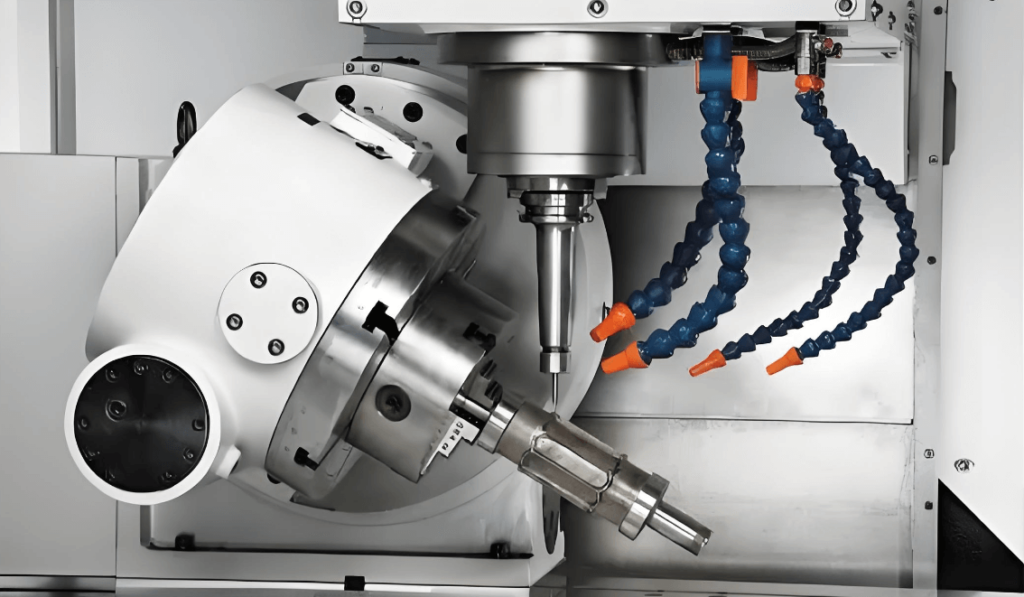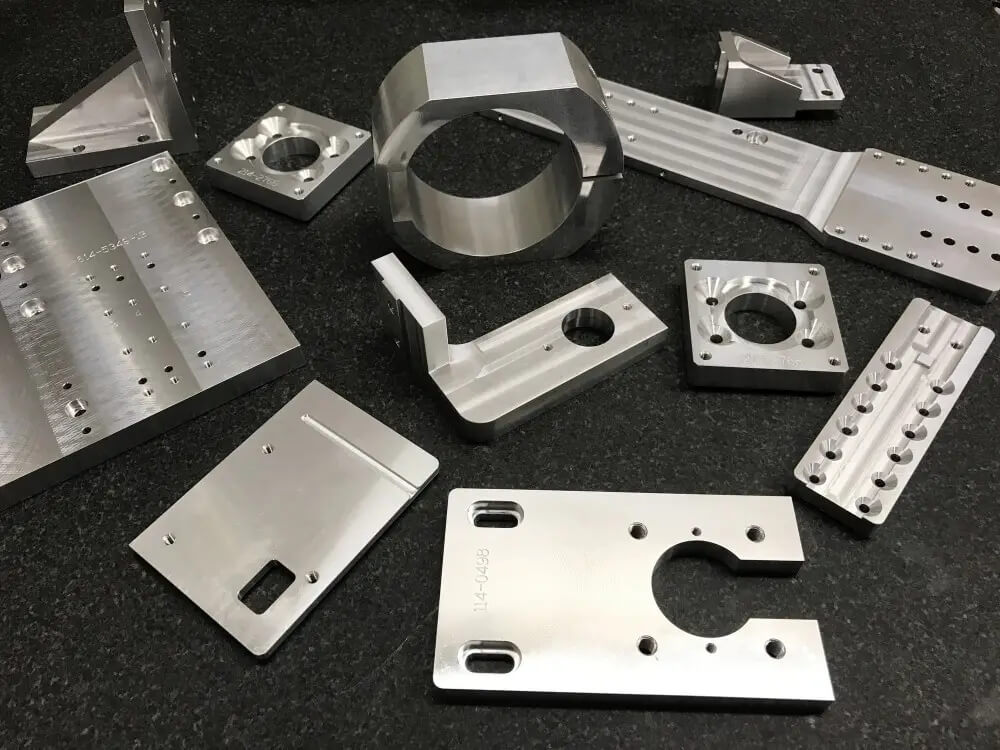A Comprehensive Guide to Aluminum CNC Machining Processes
The rapid development of CNC machining is because in this era of high emphasis on user experience, more and more mobile phone, notebook, and wearable device manufacturers have begun to focus on the shell material. From the field of mobile phones alone, the material of mobile phone casings is gradually transitioning from engineering plastics to metals.
During the evolution of mobile phone casing materials, there have been many combinations: plastic and metal, glass and metal, all-plastic, all-glass, etc., but in the end, they have not overshadowed the limelight of all-metal materials. From the actual touch experience, the all-metal mobile phone does have a superior experience in many aspects, and it is better than other materials in terms of appearance and feel.
At present, all metal shells of 3C products are basically processed by CNC machine tools. CNC machining has become an essential equipment for 3C shell manufacturers because of its advantages of high efficiency, high precision and stable processing quality.
The all-metal one-piece aluminum alloy CNC machining process was pioneered by Apple Inc. The aluminum plate is made of cylindrical solid aluminum die-casting. After precision machining, it is first cut into the prototype of the one-piece fuselage. As the fuselage gradually takes shape, the The keyboard shape and various subtleties are milled out. This process involves a total of nine CNC milling processes, after which a precise one-piece shell is obtained.

CNC machining process steps that require the use of cutting tools
Rough milling inner cavity: Rough milling the contour shape of the inner cavity of the mobile phone shell, and process the inner cavity and the positioning column combined with the fixture, which is very important for the subsequent CNC machining links.
Milling the antenna slot: Metal aluminum can shield (attenuate) the radio frequency signal of the mobile phone, so it must be slotted so that the signal can have a path in and out. Therefore, milling the antenna slot is the most important and difficult step. The antenna slot must be milled uniformly, and the necessary connection points must be maintained to ensure the strength and integrity of the metal shell.
Fine-milling camber: 3D shaping of the metal aluminum alloy body, usually the camber profile is milled with a cnc machining center, which is also the most time-consuming process.
Fine milling side: The 3D camber wave of the metal body is CNC milled, but there is still a circle of redundancy on the edge, so it is necessary to fine-mill the side, and then you can see the shape of the metal shell.
Polishing: High-speed and precise CNC machine tools are used, but only A1-A2 level finish can be achieved. In order to meet the subsequent CNC machining requirements, it needs to be polished to A0 level finish, which can give a mirror effect.
Highlights: Corners are cut using a high-grade, ultra-high-speed CNC machine, a process also known as drilling or highlighting.
Fine milling inner cavity: After the aluminum alloy has been processed in multiple steps, the metal shell has been formed, and then the redundant materials such as the positioning column used for fixture locking are removed, so that the inside of the metal shell is completely clean.
Milling electric potential: The conductive effect of the aluminum alloy shell after anodization will become worse, so it is necessary to remove the local anodized film to expose the metal to obtain a good grounding effect, and it is necessary to go through the CNC treatment of milling the electric potential again. .
Polishing: Polishing refers to the use of mechanical, chemical or electrochemical action to reduce the surface roughness of the workpiece to obtain a bright and smooth surface. The conventional polishing process is mechanical polishing and chemical polishing. High-speed precision CNC machine tools are used for mechanical polishing to eliminate knife lines and prepare for subsequent sandblasting.
